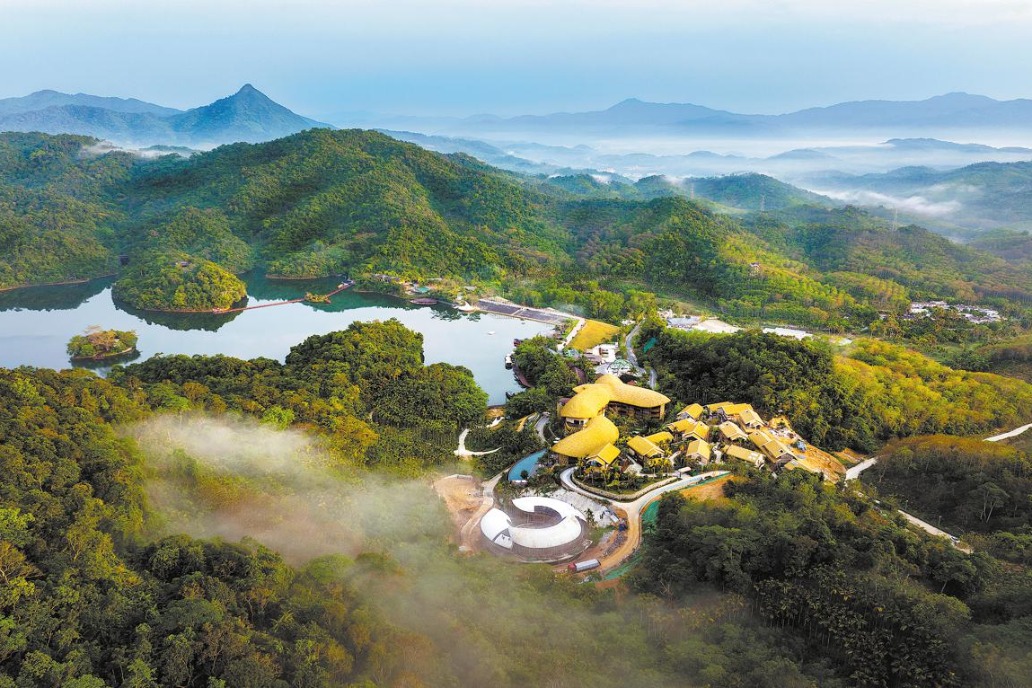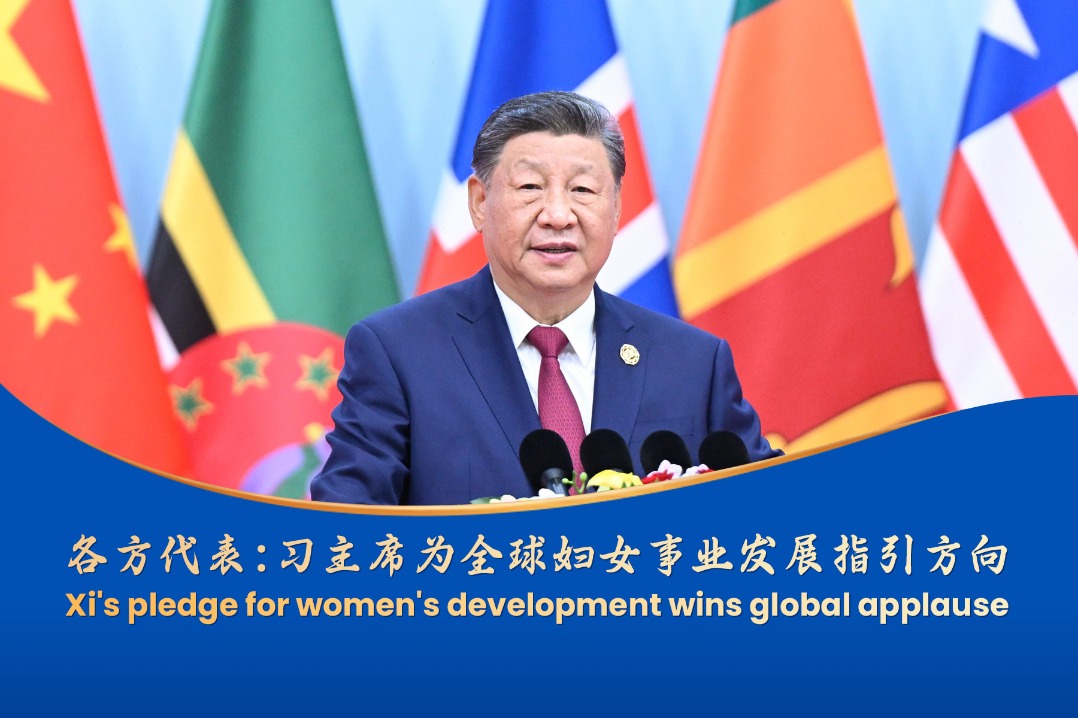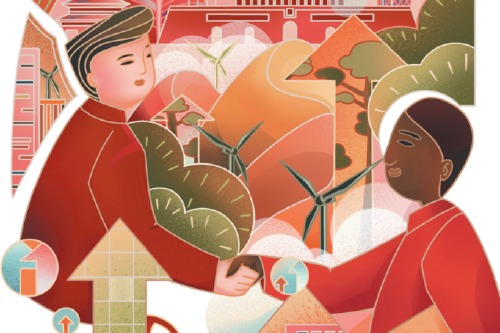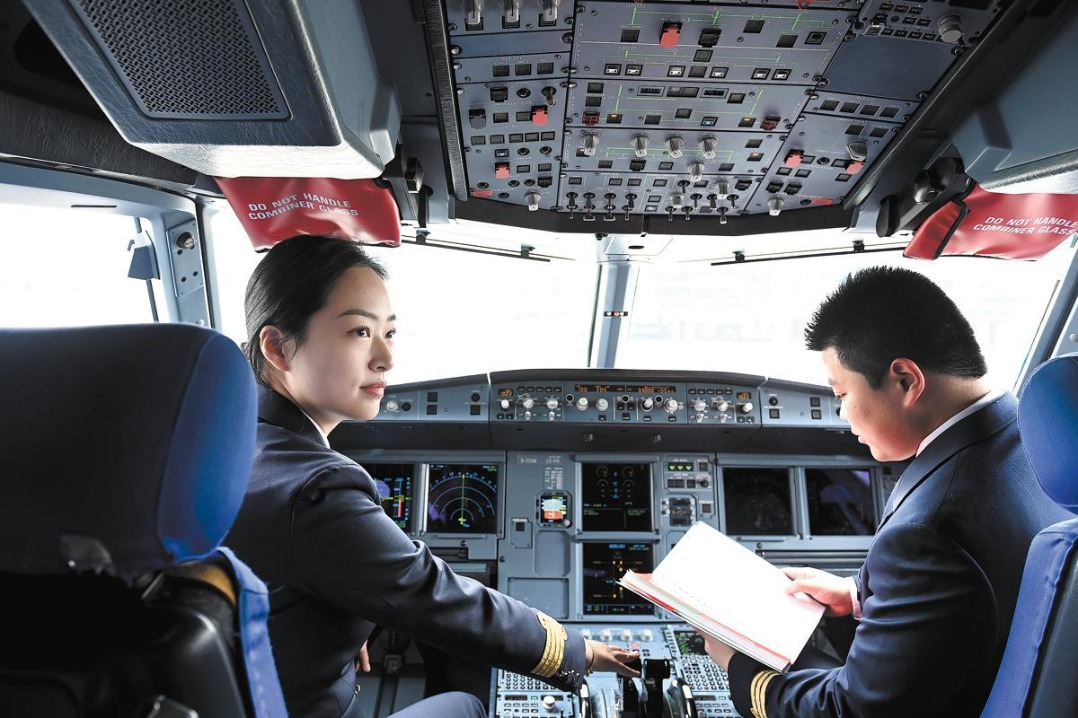A game-changing platform
Deepening ASEAN-China-GCC cooperation is a strategic necessity for building a world that is open, equal and shared for all

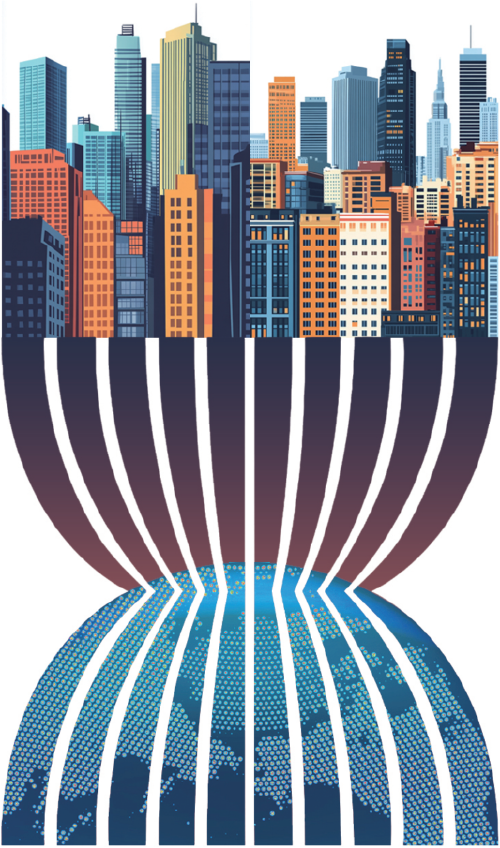
The inaugural Association of Southeast Asian Nations-China-Gulf Cooperation Council Summit was convened in Kuala Lumpur, Malaysia, on May 27. This historic meeting marked the first high-level trilateral platform connecting three of the world's most dynamic and strategically significant regions: Southeast Asia, the Gulf and China. The summit came at a critical juncture, as global trade and geopolitical landscapes face increasing volatility due to the rise of unilateralism and protectionism, especially from major Western powers such as the United States.
The summit embodied a shift in global relations. New directions are being favored; nations are now more interconnected, not just in geography but also in cooperative efforts. The disarray on the global stage is leading to varied endeavors to bring together distinct regions, challenging prior notions of traditional alignments. The unexpected relativities between nations, a situation influenced by disparity and globalization, provoke a reconsideration of the fundamentals of international diplomacy. A region's unexpected stride toward another translates into strategic opportunities amid obscurity. Nevertheless, enmeshment between nations comes with its unique complexities and contradictions, challenging the established order. Against this complex backdrop, the ASEAN-China-GCC cooperation model provides a game-changing platform for cross-regional cooperation amid global uncertainties.
Specifically, this summit stands as a landmark achievement for regional and global diplomacy. According to Premier Li Qiang, who delivered a keynote speech, the three parties should jointly become a model of cross-region openness, cooperation across different development stages, and cross-civilization integration. Li emphasized the longstanding ties among China, ASEAN and the GCC, noting that their combined populations and economies respectively account for roughly one-fourth of the world's total.
Economically, this cooperation model links China, the world's second-largest economy, with ASEAN and the GCC, both of which are among the fastest-growing regional blocs. For instance, in 2024 China-ASEAN trade reached about $982 billion, making China ASEAN's top trading partner for 15 consecutive years. Meanwhile, GCC countries, which collectively control around 30 percent of global crude oil exports, have seen their trade with China rise rapidly, with China-GCC trade reaching around $288 billion in 2024.
The significance of the ASEAN-China-GCC Summit is amplified against the backdrop of rising trade barriers and "America First "policies. This challenge threatens global supply chains, creates uncertainty for investment, and undermines the benefits of globalization.
By contrast, the "China-ASEAN+"model demonstrates that cross-regional alliances can offer a counterbalance to inward-looking policies. Rather than building walls, the summit's outcomes aim to create economic corridors, shared markets and development pathways that benefit not just member states, but also developing countries worldwide. China's call for deeper multilateralism under the United Nations and other global fora reflects this inclusive vision.
In terms of Malaysia, its leadership, particularly under Prime Minister Anwar Ibrahim, was instrumental in convening the summit and reinforcing the principle of "ASEAN centrality". The 2025 ASEAN Summit culminated in the signing of the "ASEAN Community Vision 2045". This roadmap envisions ASEAN as a resilient, democratic and highly competitive region with a robust economy, sustainable development and strengthened peace and security.
As a "neutral platform" in global geopolitics, ASEAN has maintained balanced relations with major powers, while proactively expanding partnerships with the GCC. Such efforts allow ASEAN to punch above its weight on the world stage and mitigate external shocks.
For Thailand, which accounts for about 13 percent of ASEAN's GDP, the summit offers several lessons.
First, proactive diplomacy. Thailand should assume a more proper role in ASEAN, championing new initiatives in the green and digital economies and regional food security.
Second, multilateral engagement. By participating in trilateral and multilateral frameworks such as the ASEAN-China-GCC, Thailand can diversify its partnerships and reduce vulnerability to global uncertainties.
Third, policy continuity. Initiatives and policies such as the Master Plan on ASEAN Connectivity 2025 and ASEAN Digital Masterplan 2025, youth exchange programs and free trade agreements must be pursued consistently to maintain long-term regional stability.
The successful launch of the ASEAN-China-GCC Summit signals a shift toward more inclusive, multipolar global governance. By leveraging their complementary strengths, these three blocs can champion a fairer, more sustainable globalization and promote peace and prosperity across continents. The "China-ASEAN+" cross-regional partnership model provides a blueprint for other developing regions to navigate the complexities of global change without having to choose sides in great power rivalries.
The author is an associate professor at the Institute of East Asian Studies at Thammasat University, Thailand. The author contributed this article to China Watch, a think tank powered by China Daily.
Contact the editor at editor@chinawatch.cn.




















